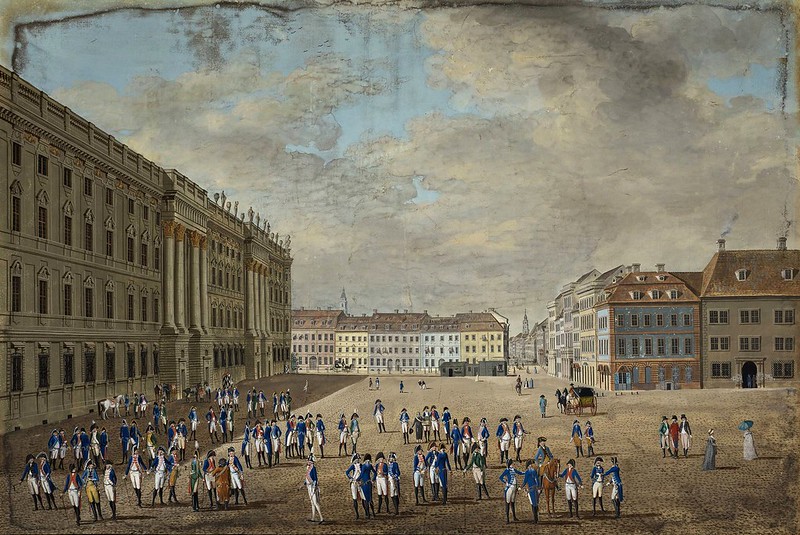Johann Caspar Ferdinand Fischer (1656-1746)
- Vesperae, seu Psalmi vespertini (1701)
Performers: Rastattеr Hofkapеlle; Jürgеn Ochs (conductor)
---
German composer. Fischer came from a family of craftsmen and attended
the Piarist grammar school, or at least its final class, at
Schlackenwerth in the Egerland, the residence of Duke Julius Franz of
Saxe-Lauenburg. He must also have received a good basic musical
education there, for the Piarist order performed contemporary music in
its schools and churches and expected active participation from its
members. He may have been first taught composition by the Kapellmeisters
and court musicians Johann Hönel and Augustin Pfleger, and by Georg
Bleyer. Since Duke Julius Franz sent gifted musicians to receive further
training elsewhere, and had connections with the Dresden court, Fischer
may have acquired his high degree of contrapuntal skill from Christoph
Bernhard in Dresden. There is no evidence that he ever studied with
Lully in Paris. Lully's works were known and performed in Bohemia
through printed scores and from Georg Muffat's visit to Prague in 1677.
Fischer could have made an intensive study of them during his journeys
to Prague and Schloss Raudnitz on the Elbe in the course of his
professional duties. In 1689 or earlier Duke Julius Franz appointed
Fischer to succeed Pfleger as Kapellmeister in Schlackenwerth; his name
appears with that title in financial statements relating to the weddings
of the two princesses in 1690. After the partition of the state at the
end of 1690 Fischer may have been appointed Hofkapellmeister to Margrave
Ludwig Wilhelm of Baden. The margrave had married the heiress of
Schlackenwerth, Princess Sibylla Augusta, and made his residence there
at the time of the war with France. There is clear evidence of Fischer's
position in the titles of his printed works from 1695 onwards. The
court moved to Rastatt in 1705, but because of reductions in the
personnel during the war years Fischer did not accompany it. It was not
until October 1715, after a Piarist foundation had been set up in the
city, that he was finally given a post there, which he held until his
death. Fischer's link with the Augsburg publishing firm of Lorenz
Kroninger and Gottlieb Göbel, which issued his opp.1, 2, 3 and 5, was
probably provided by the cathedral organist Johannes Speth, the son of a
schoolmaster from Speinshart where there was a Premonstratensian
monastery. Speth may have met Fischer through the Premonstratensian
monastery of Tepl near Marienbad, bordering on the Schlackenworth
estates. He presented Fischer's op.1 to the cathedral chapter of
Augsburg in 1694, and his op.3 in 1701, and in a letter he mentioned
making corrections to op.3. In 1691 Fischer married Maria Franziska
Macasin, daughter of the mayor of Joachimsthal. His young wife's
background, and the identity of his children's godparents, show that he
was highly regarded in the circles where he moved. After his first
wife's early death in 1698 Fischer re-married, probably at the beginning
of 1700, and this marriage lasted until 1732.
















